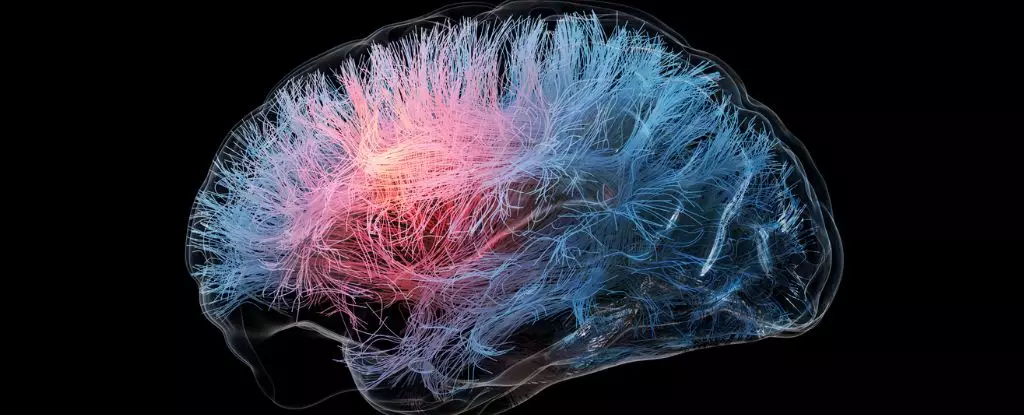Recent advancements in the pharmacological management of Alzheimer’s disease, particularly with the drug lecanemab, have generated significant excitement within the medical community. The promise of this intravenously administered treatment lies in its ability to reduce cognitive decline by up to 27 percent compared to a placebo over an 18-month trial period. However, a critical observation has emerged from this clinical data: the effectiveness of lecanemab appears to be markedly different between male and female patients. In fact, preliminary analyses indicate a staggering 31 percent differential in efficacy, prompting urgent discussions on the implications of sex-specific responses to Alzheimer’s treatments.
Lecanemab’s approval by the FDA in 2023 was hailed as a triumph, marking it as a new frontier in combating Alzheimer’s. But the unanticipated disparity between male and female patient responses casts a shadow over these achievements. It’s crucial to unpack this issue, as approximately two-thirds of Alzheimer’s patients are female, rendering these findings not only significant but potentially alarming.
Reassessing Clinical Trial Frameworks
The recent CLARITY AD phase 3 trial, while extensive, was limited in its ability to directly compare outcomes between males and females due to a sample size that did not support detailed subgroup analysis. This raises substantial questions regarding how clinical trials are designed. With the backdrop of historical negligence in factoring sex differences into biomedical research, the medical landscape has consistently favored male subjects, compromising the quality of data related to female patients. As highlighted by neuroscientist Marina Lynch, most trials have overlooked the distinct physiological responses of men and women, limiting our understanding of how these differences might affect treatment outcomes.
The call for more rigorous inclusion of sex as a variable in clinical trials is not just a matter of academic interest; it encapsulates a pressing imperative to improve treatment efficacy for all patients. Addressing this gap could significantly affect findings and, ultimately, dermatological outcomes for women suffering from Alzheimer’s.
Exploring Biological Mechanisms Behind Cognitive Decline
Lecanemab targets amyloid protein plaques, long regarded as a prime suspect in the onset of Alzheimer’s. However, accumulating evidence suggests that the relationship between these plaques and cognitive decline is complicated and perhaps not as straightforward as once believed. Intriguingly, a substantial proportion of individuals diagnosed with Alzheimer’s exhibit minimal or no amyloid plaques postmortem. This finding leads to a critical re-evaluation of the amyloid hypothesis, which has dominated Alzheimer’s research for decades.
Moreover, the role of sex hormones and genetic differences may profoundly influence the development and clearance of amyloid plaques. The intersection of these biological factors points to a necessity for a nuanced understanding of how female and male brains metabolize and respond to amyloid-targeting treatments. As pointed out by the researchers, understanding these mechanisms could pave the way for the development of more tailored therapeutic strategies that consider the unique profiles of male and female patients.
Addressing the Research Gap: A Call to Action
The gender disparity in Alzheimer’s research must be addressed urgently. Despite women being disproportionately affected by cognitive disorders, they remain underrepresented in studies aimed at understanding brain aging and Alzheimer’s pathology. A staggering statistic from 2019 revealed that merely 5 percent of published studies in neuroscience considered the influence of sex on outcomes. This oversight reflects a broader systemic issue within the medical research community, which has lasting consequences for women’s health.
Recognizing the critical nature of these disparities, an international coalition of experts has stated that the continued male bias in Alzheimer’s research imposes a “disproportionate burden” on female health. The urgency of investigating sex differences in drug response cannot be overstated; future Alzheimer’s research strategies must prioritize this avenue to enhance our understanding of the disease’s pathology and progression.
The journey toward unraveling the complexities behind Alzheimer’s demands an inclusive and informed research approach that actively engages gender as a vital factor. As we march forward in treating this debilitating illness, the collective insight garnered from diverse populations will not only refine our treatment protocols but also ensure that every patient receives care tailored to their unique physiological and biological needs.

